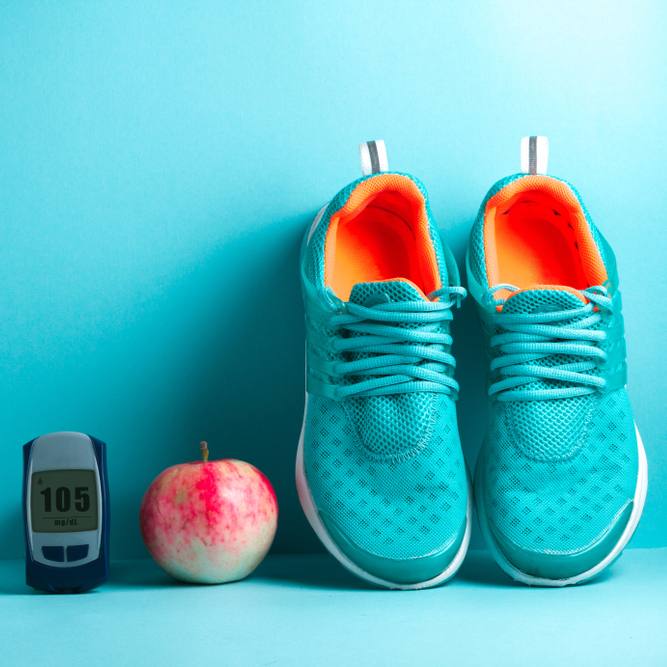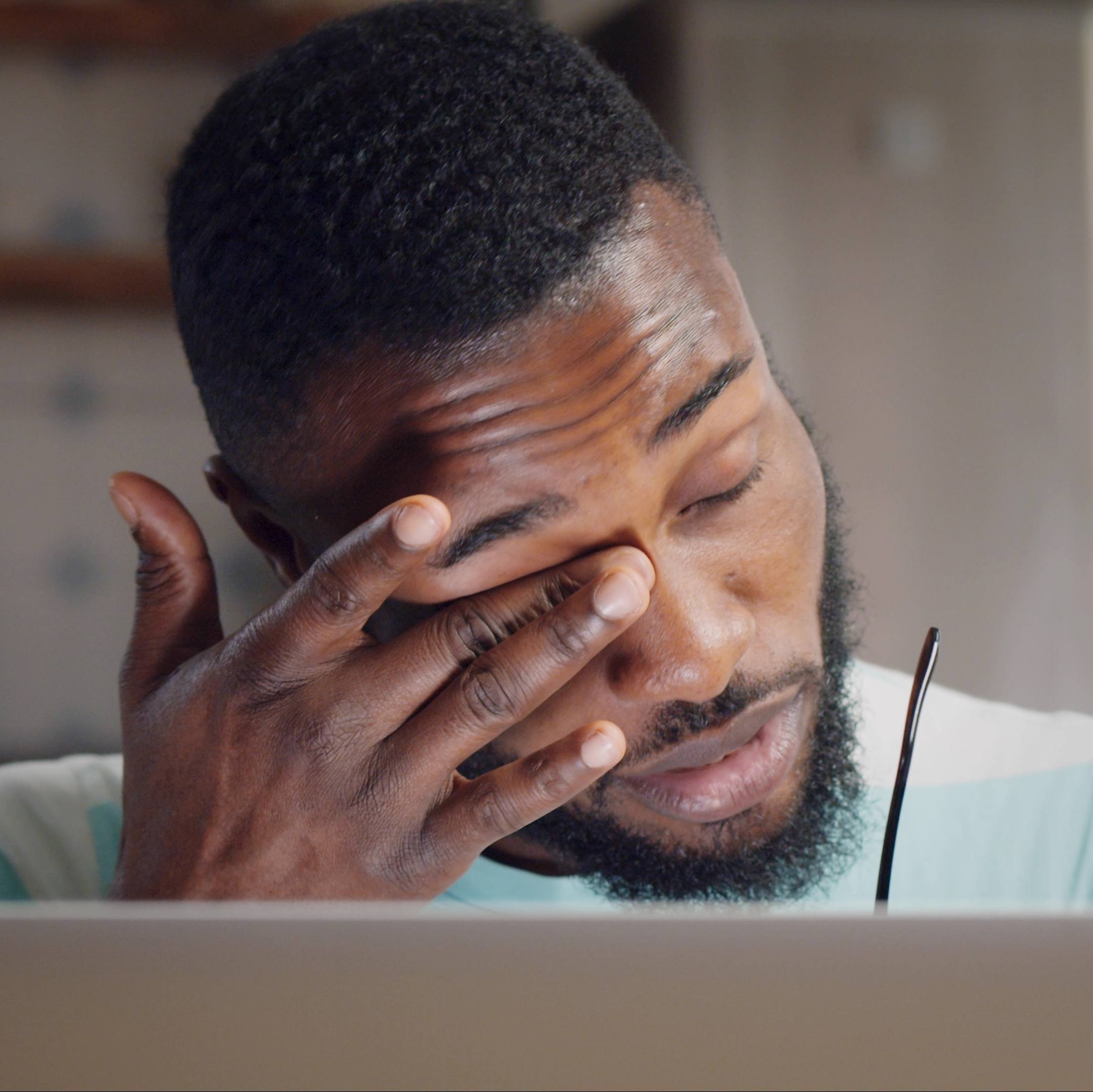-
Seek Immediate Treatment at First Signs of Stroke
Seek Immediate Treatment at First Signs of Stroke
January 28, 2011
Dear Mayo Clinic:
My mother has been told she's at an increased risk for a stroke because of her age and other health conditions she has. What are the symptoms of a stroke that we should watch for? If she starts having symptoms, what should we do?
Answer:
Common signs and symptoms of a stroke include sudden weakness or numbness on one side of the body, numbness or drooping of one side of the face, loss of the use of an arm or leg, difficulty walking or talking, problems seeing in one eye or to one side, or a sudden, severe headache. If your mother has any of these, even if they seem minor or only last a few minutes, seek emergency medical care immediately. The faster someone who is having a stroke receives treatment, the more likely that the effects of a stroke can be reduced or even reversed.
A stroke occurs when the blood supply to part of the brain is interrupted or significantly reduced, depriving brain tissue of oxygen and nutrients and causing brain cells to die. There are two basic types of strokes. By far, the most common strokes are those caused by blood clots in blood vessels of the brain (ischemic strokes). The clots may form in other parts of the body and travel to the brain, or they can be due to narrowing of arteries in the brain that suddenly block blood flow. A much less common, but no less severe, type of stroke is a result of bleeding into or around the brain (hemorrhagic strokes).
Both types of stroke require immediate medical attention because the brain cannot tolerate a lack of blood supply for long. Unlike other places in the body that have a reserve energy source available when the blood supply is cut off, the brain requires a constant flow of blood and oxygen. Without them, brain cells can only survive a very limited time.
Emergency treatment for an ischemic stroke often involves injection of a medication called tissue plasminogen activator (TPA) that can dissolve blood clots and restore blood flow to the brain, frequently reversing stroke symptoms. However, after about four hours following a stroke, the risk of complications from this medication — particularly bleeding in the brain — rises dramatically, making it unsafe for stroke patients. So, to receive this important medicine in the emergency room, a person who has a stroke needs to arrive before that four-hour window has closed.
Other treatment options for ischemic strokes include a technique that allows doctors to place a small tube (catheter) in the brain's arteries and deliver TPA directly to the clot. Or, in some cases, a device can be used to mechanically remove the clot and open up the vessel. Because these treatments don't require as much medicine as TPA injected into a vein, the risk of bleeding is significantly less. Consequently, the time limit these treatments can be administered following a stroke may be extended up to about six hours.
Although hemorrhagic strokes cannot be treated using TPA, addressing them quickly is just as important. Emergency measures for a hemorrhagic stroke may include medications to control bleeding and reduce pressure in the brain. Surgery may also be necessary to repair blood vessel problems that may be contributing to the stroke, such as leakage from a bulge in a brain artery (aneurysm).
No matter what type of stroke, and regardless of its severity, nothing can substitute for time when it comes to stroke treatment. If you notice your mother is having any signs or symptoms of a stroke, seek care for her right away. The quicker stroke symptoms are recognized, the quicker a person having a stroke can be get treatment. And the quicker appropriate treatment can be administered, the better the outcomes.
— David Miller, M.D., Radiology, Mayo Clinic, Jacksonville, Fla.







